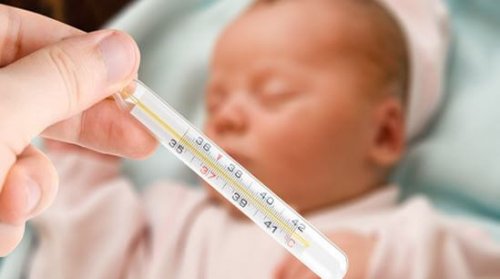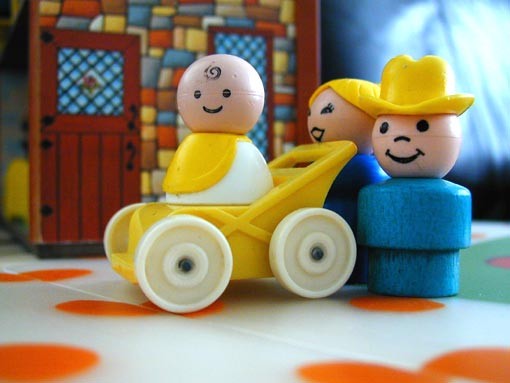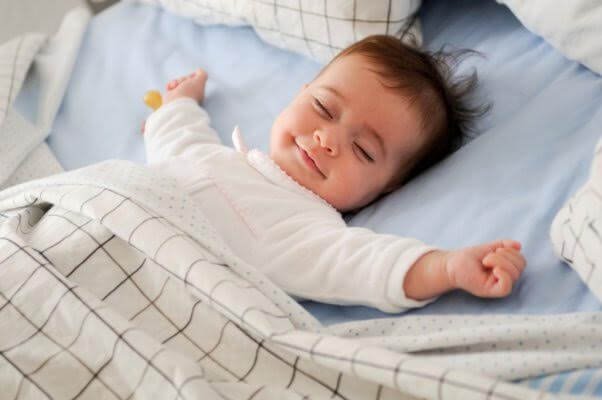If you want to teach children the properties of water, there is nothing better than letting them experiment with their hands themselves. We’ll show you a few simple and fun experiments that your child won’t forget.

Do you want your child to learn the basic laws of physics and chemistry? Is there a better way than through fun Water experiments and learning games?
Here are a few simple experiments you can do with your kids at home. With this you bring them closer to the fun world of science.
The best way to explain science is through experimentation. It is great for children as it arouses their curiosity and interest in scientific phenomena.
Water experiments for children
Here we show you a few water experiments that you can do together as a family at home.
1. Pepper running away
For this experiment you need:
- water
- bowl
- Ground pepper
- liquid soap
Execution:
- Pour some water into the bowl.
- Sprinkle pepper on the water until it covers the surface.
- Take a small drop of liquid soap and place it on your finger.
- Then touch the surface of the water with your fingertip where the soap is on.
If you do the last step, you’ll notice how the pepper quickly moves away from where the soap touched the water.
Some will sink to the bottom, the rest will move to the edge of the bowl.
Why is that happening?
The water molecules are linked by connections. As a result, a light substance can be on the water surface without sinking.
This is called the surface tension. The liquid soap interacts with this tension by breaking the connections of the water molecules.
As a result, the pepper has no hold and divides. It then either sinks to the floor or moves to the edge of the bowl.

2. Rainbow in the bottle
You need:
- Transparent plastic bottle
- honey
- corn syrup
- oil
- dish soap
- water
- alcohol
- Food coloring
Execution:
- First, add the food colors to the corn syrup, water, oil, and alcohol. Use a different color for each liquid.
- Then fill them individually into the bottle. Start with the honey and then continue in this order: Corn syrup, dish soap, water, oil, alcohol. Use calmly enough to form at least a 1.5 cm layer.
- The liquids must lie on top of each other in individual layers. Be careful not to mix them up. They form a beautiful rainbow that you can see even better in the light.
Why is that happening?
The molecular strength in liquids and gases is measured by means of the density. Each substance has its own density and this experiment shows that.
Liquids with more molecules, i.e. a higher density, are heavier. They sink to the bottom without mixing with the other liquids. Lighter liquids stay on top.
The best way to explain science is through experimentation. It is great for children as it arouses their curiosity and interest in scientific phenomena.
3. The water cycle
For this experiment you need:
- Transparent plastic bottle
- water
- Blue food coloring
- markers
Execution:
- First you paint the sky with the sun and a few clouds on the bottle neck.
- Then fill the bottle with water, about halfway, and screw it back on.
- Then you put the bottle in the sun for a while.
- The water in the bottle evaporates when it is warmed up by the sun. It rises and forms small drops of water in the bottle neck.
Why is that happening?
This bottle shows a simplified part of the water cycle. The sun warms the water and it rises into the atmosphere in the form of water vapor. There it forms clouds.
The water vapor in the clouds evaporates. Then when it hits a cold stream of air, it falls back to earth in the form of rain. It is one of the best water experiments for children.
4. Wandering water
The materials for this experiment are:
- water
- 3 transparent containers of the same size
- paper towels
- Blue and yellow food coloring
Execution:
- First you fill two of the containers half with water.
- Then you mix the water in one container with blue and in the other with yellow food coloring.
- Place the three containers side by side, the empty container in the middle.
- Fold two paper towels so that you get a strip.
- Hang one end of the strip in the yellow water container. The other end comes in the empty container. Do the same with the blue container.
Observe together how the water wanders over the paper towels into the empty container. Your kids will love to see the water turn green in there.

Why is that happening?
The water molecules are connected to each other and to everything they touch. This is called adhesion.
Capillarity is just as important here, this is the name given to the ability of a liquid to move in a porous material.
In these water experiments children can see how the molecules hang on the paper towels and hang on the liquid.
As a small bonus, they also learn something about mixing different colors.
Water is the essence of life and our planet. Through these water experiments, your child will learn about the important functions and properties of this element.
This type of activity is fun and educational at the same time. Enjoy discovering the world with your child without leaving your home.
Open the door to the incredible world of science!
RELATED ITEMS
-

Tips for lowering fever in children – I am a mother
In this article, we will give you tips on how to lower fever in children. Children often have a fever because their bodies have a variety of pathogens…
-

Father, mother, child (archive)
The classic family with father, mother and child is still the ideal of many, but the reality is different. single parent…
-

5 Mistakes in bringing children to bed! I am a mother
Bringing children to bed: a daily challenge. There are some mistakes that we make subconsciously. Correcting them can help…
-

A mother’s unusual plea: stop bringing up your children! Focus online
Spotted an Error? With us there are no orders, no penalties, no time-outs. No "if then" and no "I count to three". Why…
